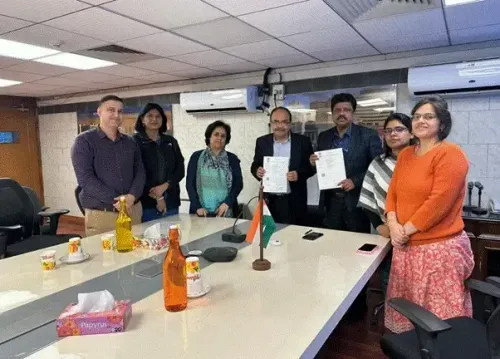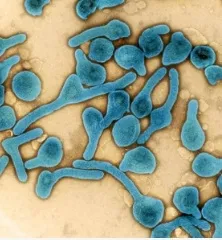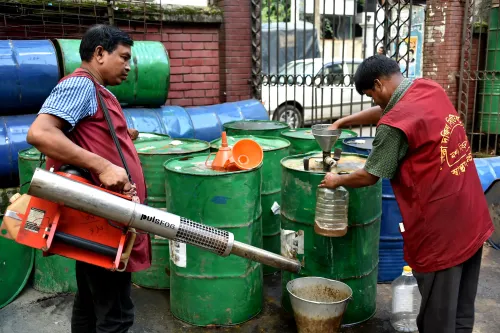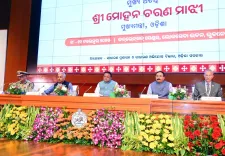Are Monsoons Causing Preventable Hepatitis A and E Cases in Delhi?
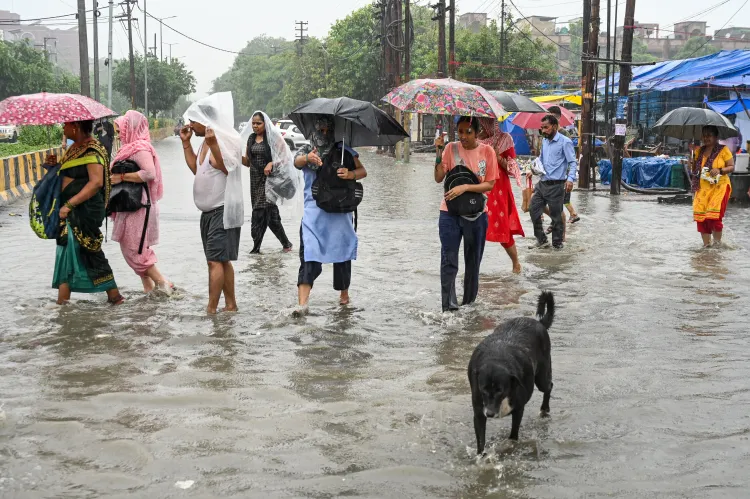
Synopsis
Key Takeaways
- Hepatitis A and E are preventable diseases.
- Access to clean drinking water is crucial.
- Vaccination is essential for high-risk groups.
- Children and pregnant women are particularly vulnerable.
- Awareness and sanitation can help reduce outbreaks.
New Delhi, July 28 (NationPress) As the monsoon season progresses, the Delhi-NCR area is experiencing a disturbing rise in the number of preventable cases of Hepatitis A and E, according to experts who emphasize the urgent need for increased awareness regarding vaccinations.
The Hepatitis A and E viruses, which spread through contaminated food and water, often see seasonal surges during the monsoon due to inadequate sanitation, waterlogging, and diminished hygiene practices.
Children, pregnant women, and individuals with pre-existing liver conditions are particularly susceptible to these infections.
“Some hospitals in the city are reporting a rise of up to 40 percent in acute hepatitis cases, while others have noted a significant increase in outpatient consultations for symptoms like jaundice, abdominal pain, and vomiting — all classic indicators of Hepatitis A and E,” mentioned Dr. Abhideep Chaudhary, President-Elect of the Liver Transplantation Society of India (LTSI).
Dr. Chaudhary pointed out that many individuals remain unaware of the importance of hepatitis vaccination.
“Both Hepatitis A and E are largely preventable conditions, yet we witness a spike every monsoon due to a lack of awareness and unsafe water consumption. Hepatitis E can be life-threatening for pregnant women and may lead to acute liver failure in individuals with existing liver ailments. In severe cases, acute Hepatitis A can result in liver failure necessitating a transplant,” he added.
According to LTSI estimates, over 70 percent of waterborne hepatitis cases in India during the monsoon are attributed to Hepatitis E, while Hepatitis A remains highly prevalent among children under 15.
“The number of Hepatitis A and E cases has surged by 30-40 percent compared to last month. We are witnessing a seasonal epidemic that recurs annually, yet we remain unprepared each time. These infections are entirely avoidable with access to clean drinking water, proper food handling, and vaccinations for high-risk demographics,” stated Dr. Sanjiv Saigal, President of LTSI.
Health professionals highlighted that while Hepatitis B and C receive more focus due to their chronic effects on liver health, Hepatitis A and E pose an equally significant short-term threat, especially during the monsoon.
The symptoms — which range from fatigue and nausea to jaundice and dark urine — are often overlooked until the infection has advanced considerably.
The World Health Organization (WHO) estimates that Hepatitis E leads to approximately 20 million infections worldwide each year, with India contributing a substantial fraction due to seasonal outbreaks.
In urban environments like Delhi, the combination of rapid urbanization, outdated water infrastructure, and inconsistent monitoring of food vendors creates an ideal setting for viral outbreaks.


